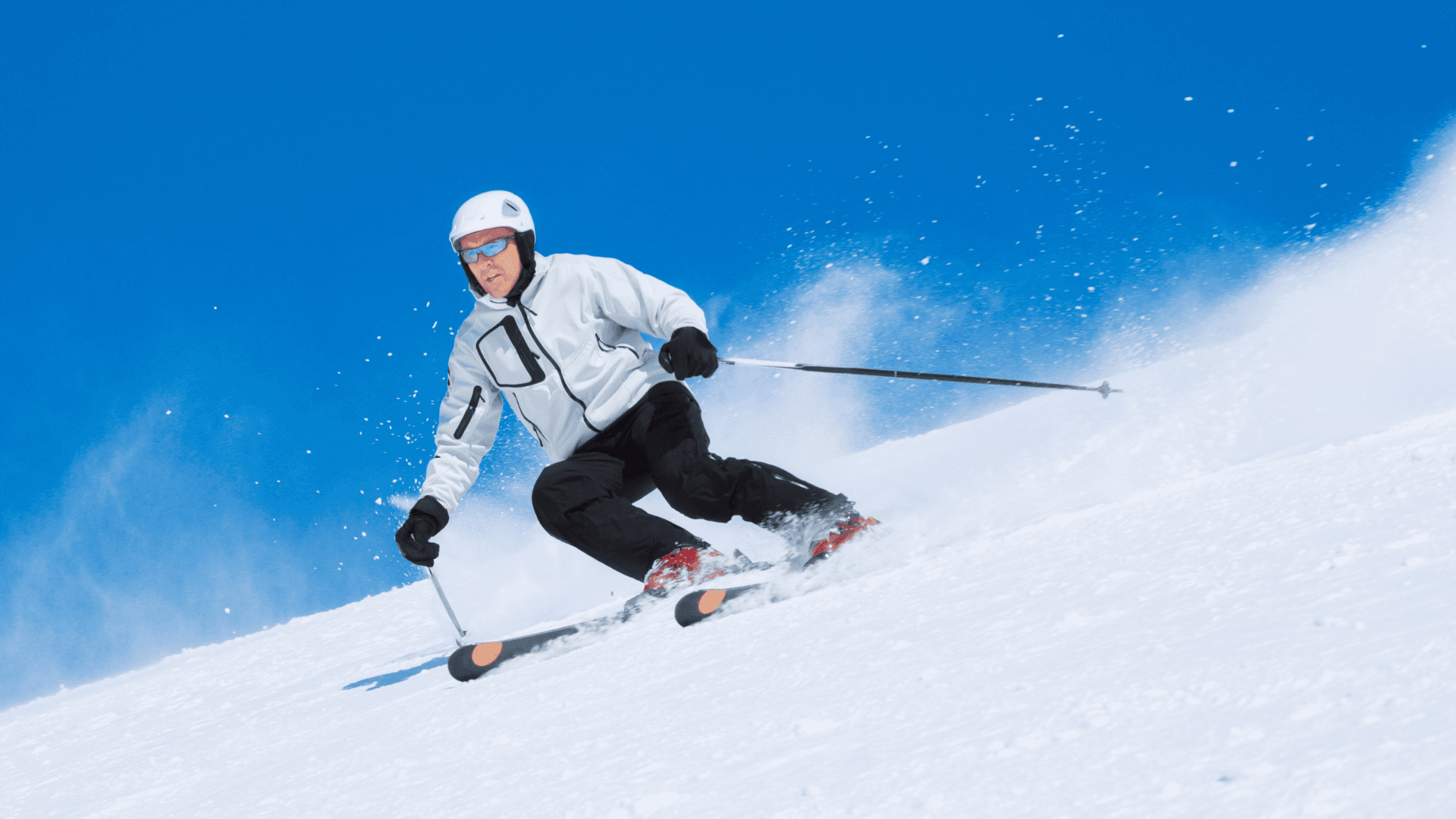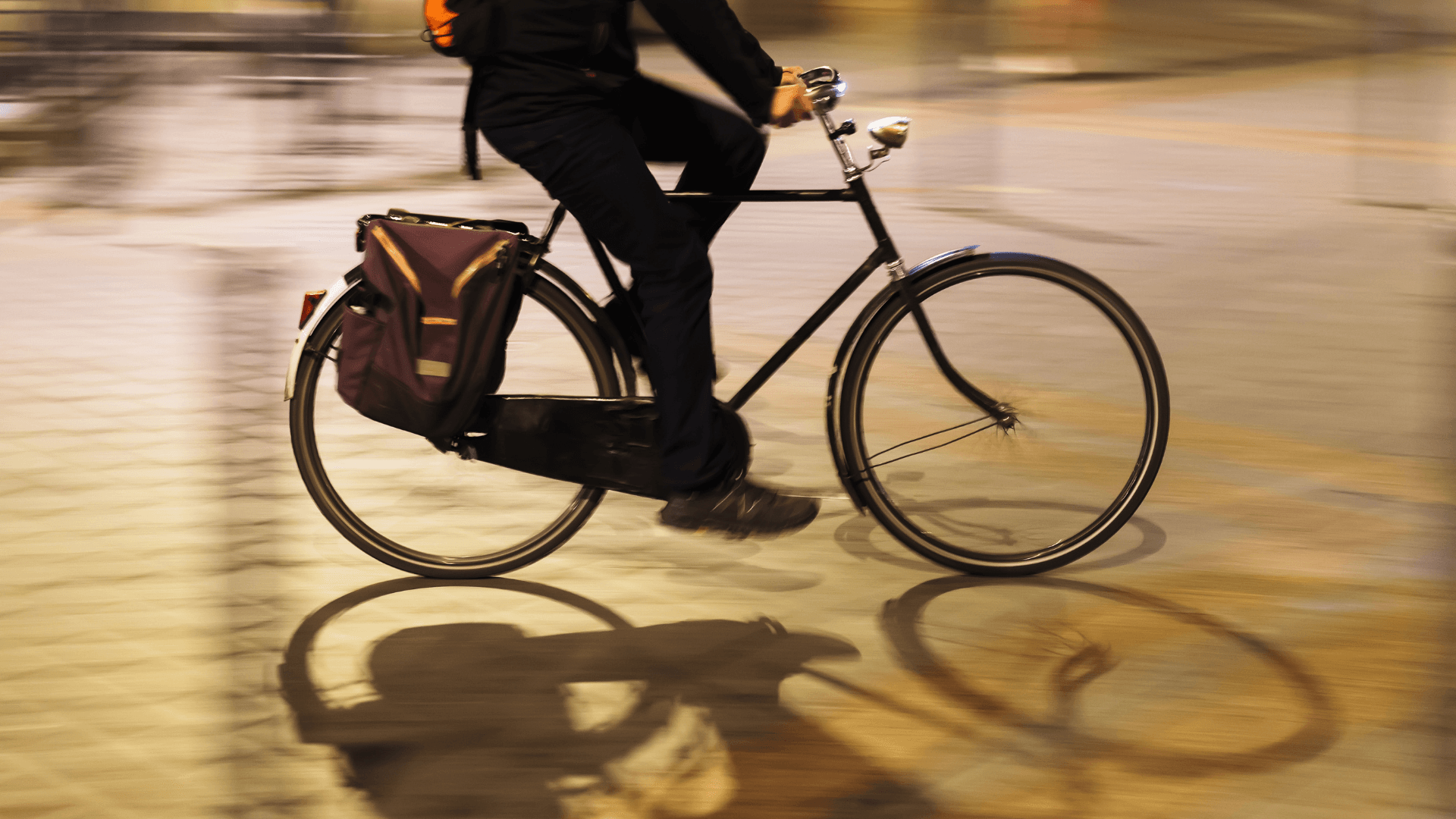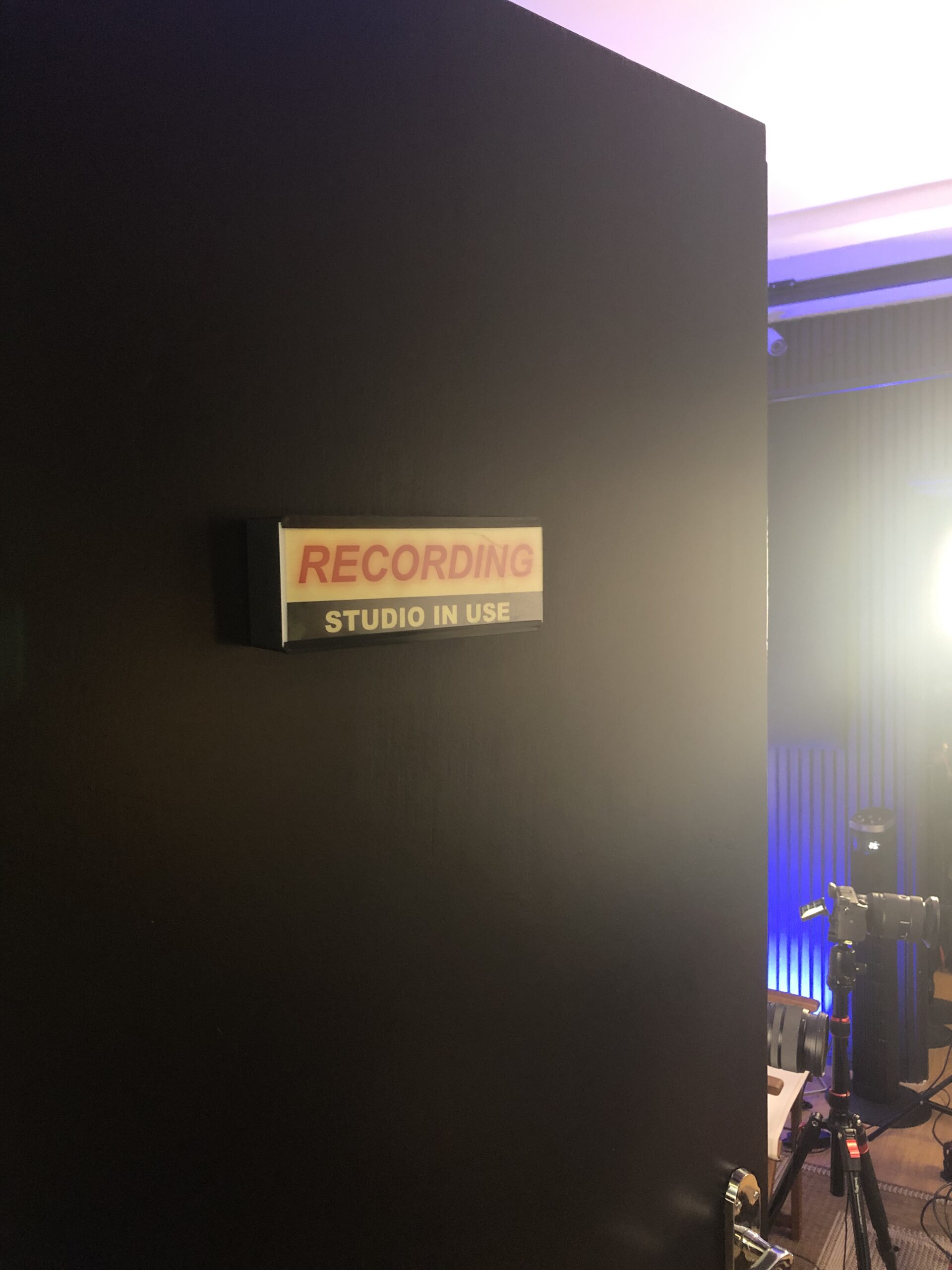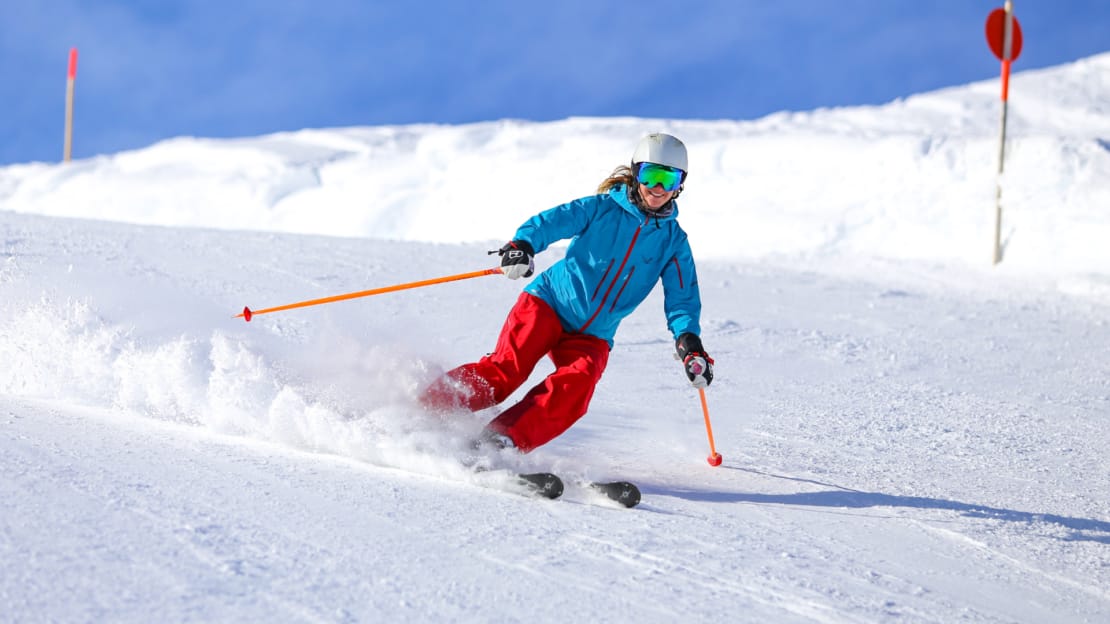Your Winter Training Checklist

Pure Sports Medicine
- 1 December, 2022
- Winter Sports
- 2 min read
Your Winter Training Checklist

Winter provides an opportunity to resolve any persistent niggles, address any new injuries and work on weaknesses in readiness for next year’s events. Taking this literally and working on weak muscles in the gym is a great way to improve performance come next season; however, take a minute or two to focus on your other, less obvious problems.
Mobility
Mobility is often a neglected area, especially in cycling, and this on its own can often lead to overload, muscle weakness and injury. There are many ways that this can manifest; for example, tight hips often send unwanted movement into the lumbar spine and into the knees, leading to early fatigue, pain and injury. It’s the same in the mid back. A lack of movement here will decrease the range of movement in your shoulders and send compensatory movement into your neck and lower back areas, most profoundly in swimming. It also limits your ability to hold a neutral posture on the bike or run.
Motor patterning
This is another great way to literally teach your body the best and most efficient ways to move. Improving movement economy through better mobility and running drills is a form of “free speed”. Researchers have found that in runners, a quality strength training program can yield as much as a 5% increase in performance solely through an improved running economy. Getting yourself familiar with some simple drills to work on your technique in all disciplines will help you become stronger, more efficient, and less injury prone to build aspects of your training program come spring.
However, it’s worth keeping in mind the holy grail of quotes when it comes to training, ‘rest with the same intensity that you train’ and if you’ve had a break from it all, do it slowly!
Your Winter training checklist:
- Start resistance training. This will improve muscle recruitment and running economy, which combined will better performance
- Get any injury problems sorted out – get an assessment with a Physiotherapist or Sport & Exercise Consultant so that you can be back training at full capacity
- Get a training plan that considers periodisation for your event so you peak at the right time. A Physiological assessment can guide your Strength and Conditioning plan
- Remember the importance of recovery, and see a Soft Tissue Therapist to help maximise your downtime
The winter season can be seen as the time to enjoy a different but essential focus shift to your training and treatment, so not only should you get yourself moving this winter, but you should also concentrate on getting better.

Advice
Over the last 20+ years our experts have helped more than 100,000 patients, but we don’t stop there. We also like to share our knowledge and insight to help people lead healthier lives, and here you will find our extensive library of advice on a variety of topics to help you do the same.
OUR ADVICE HUBS See all Advice Hubs

